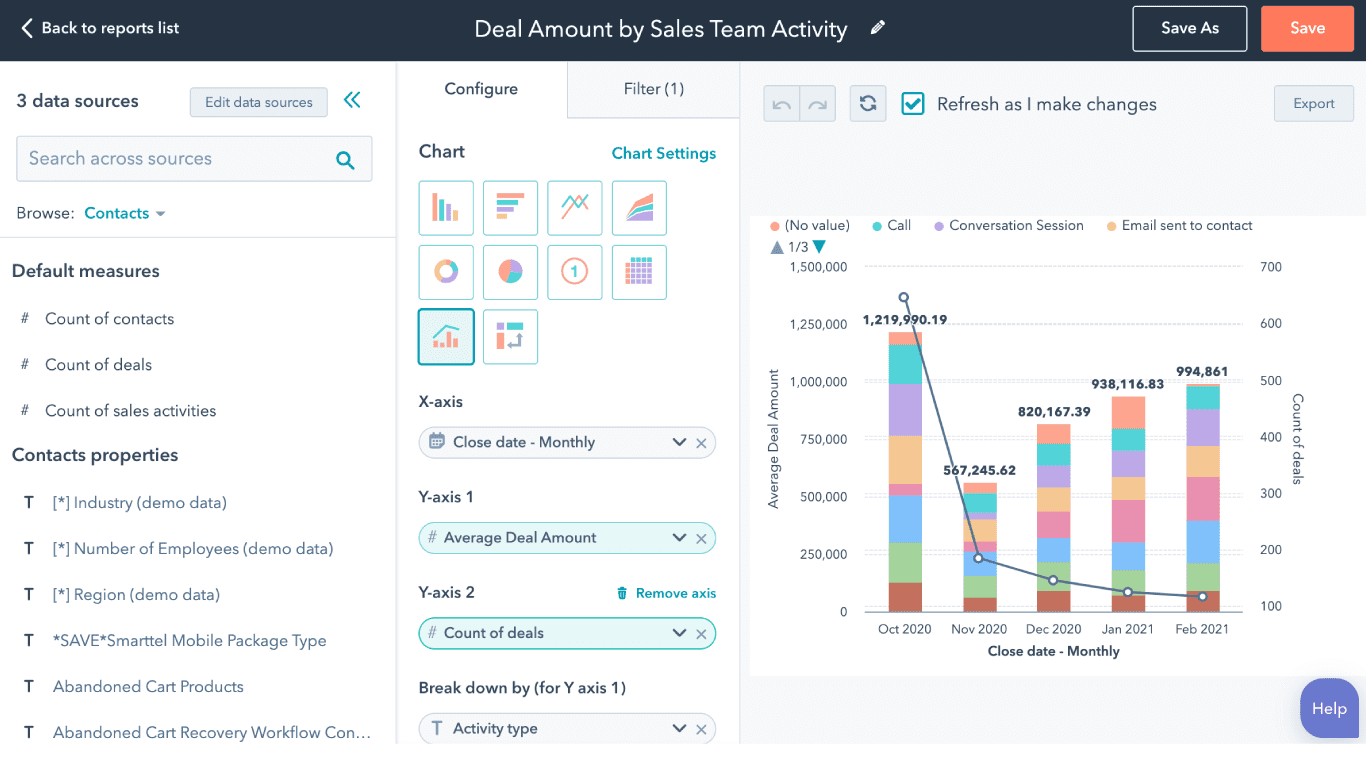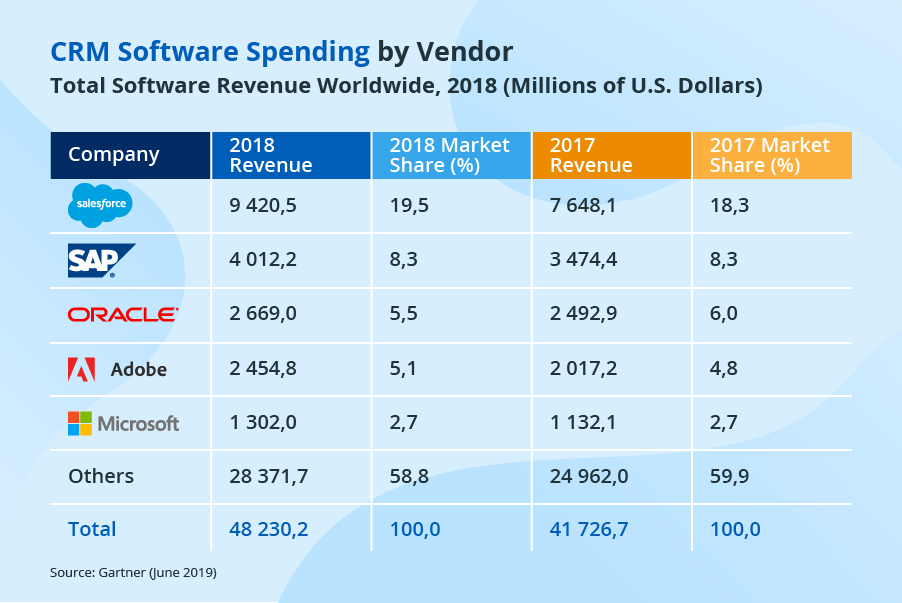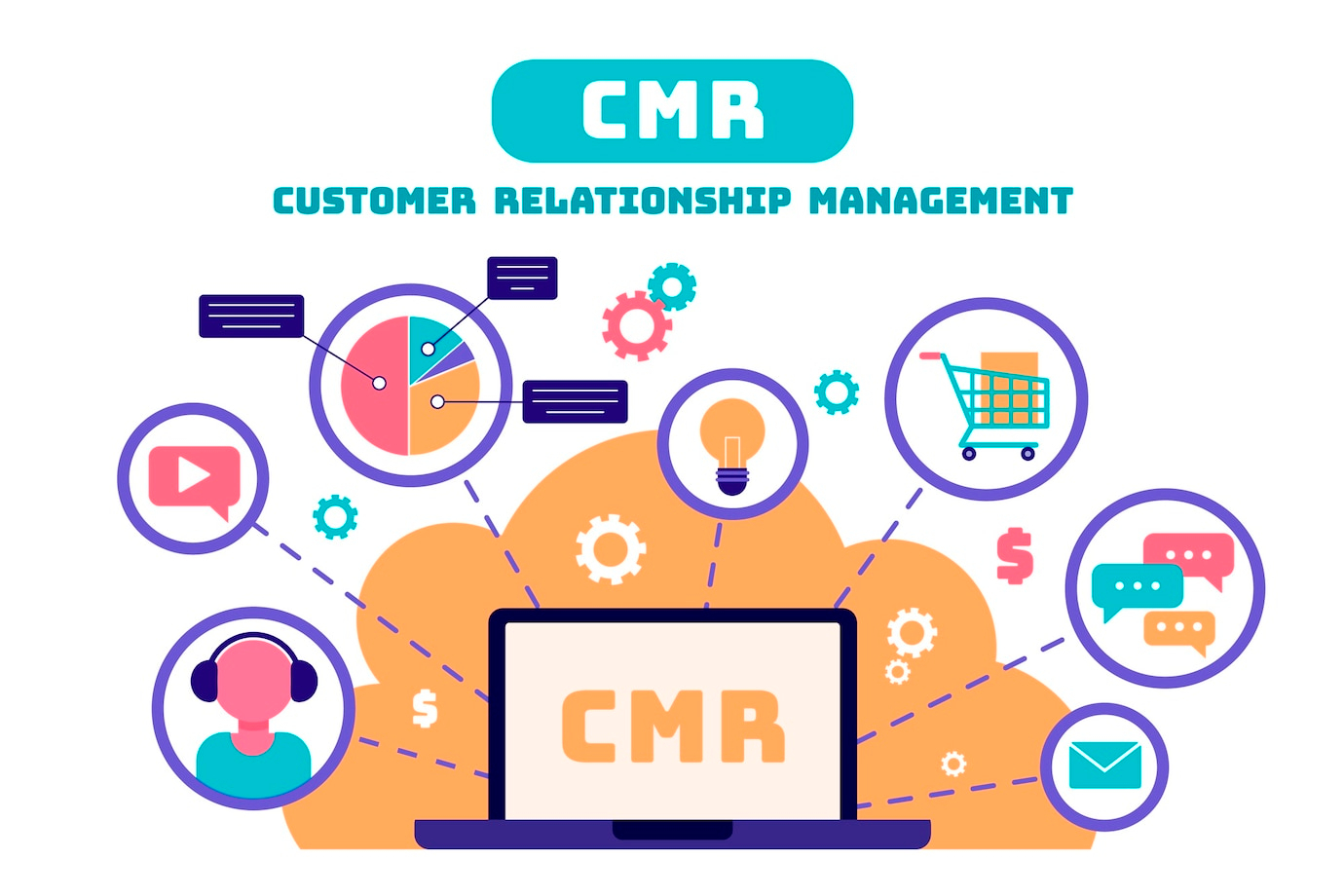Mastering CRM Marketing: Strategies for Customer Retention and Boosting Your Bottom Line
In today’s fiercely competitive business landscape, customer retention isn’t just a buzzword; it’s the bedrock of sustainable growth. Acquiring new customers is significantly more expensive than retaining existing ones. That’s where Customer Relationship Management (CRM) marketing comes into play, offering a powerful toolkit to understand, engage, and retain your valuable customers. This comprehensive guide delves deep into the world of CRM marketing, exploring its core principles, practical strategies, and the tangible benefits it brings to your business. We’ll unravel how CRM marketing can transform your approach to customer interactions, turning them into loyal advocates who not only stay with you but also contribute to your brand’s success.
Understanding the Fundamentals of CRM Marketing
At its heart, CRM marketing is a strategy centered around leveraging customer data to build stronger, more personalized relationships. It’s about moving beyond generic marketing messages and crafting tailored experiences that resonate with individual customer needs and preferences. This approach fosters loyalty, encourages repeat purchases, and ultimately drives revenue growth.
What is CRM?
CRM, or Customer Relationship Management, isn’t just a piece of software; it’s a philosophy. It’s a company-wide approach that puts the customer at the center of all activities. A CRM system acts as a central repository for all customer-related information, including contact details, purchase history, communication logs, and more. This comprehensive view enables businesses to gain valuable insights into customer behavior, preferences, and pain points.
The Core Principles of CRM Marketing
Successful CRM marketing hinges on a few key principles:
- Customer-centricity: Putting the customer first in every decision.
- Data-driven decision-making: Using customer data to inform marketing strategies and campaigns.
- Personalization: Tailoring communications and offers to individual customer preferences.
- Relationship building: Fostering long-term relationships through consistent and valuable interactions.
- Automation: Streamlining processes to improve efficiency and deliver timely communications.
The Benefits of CRM Marketing for Customer Retention
The advantages of implementing a robust CRM marketing strategy are numerous, but the most significant is its ability to enhance customer retention. Here’s a closer look at the key benefits:
Increased Customer Loyalty
Personalized experiences make customers feel valued and understood. CRM marketing allows you to create these experiences, leading to increased loyalty. When customers feel a personal connection with your brand, they are less likely to switch to competitors.
Higher Customer Lifetime Value (CLTV)
By retaining customers for longer periods, CRM marketing helps increase their lifetime value. This means more revenue generated from each customer over their relationship with your business.
Improved Customer Satisfaction
CRM systems enable you to address customer issues quickly and efficiently. By providing prompt and personalized support, you can significantly improve customer satisfaction levels.
Enhanced Brand Advocacy
Happy and loyal customers are more likely to become brand advocates, recommending your products or services to others. This organic word-of-mouth marketing is invaluable.
Reduced Customer Churn
By proactively identifying at-risk customers and addressing their concerns, CRM marketing helps minimize customer churn, ensuring a steady stream of revenue.
Key Strategies for CRM Marketing
Implementing a successful CRM marketing strategy involves a combination of thoughtful planning, effective execution, and continuous optimization. Let’s explore some of the most impactful strategies:
1. Data Collection and Management
The foundation of any successful CRM marketing initiative is a well-managed database of customer information. This includes:
- Collecting Data: Gather data from various sources, including website interactions, social media activity, purchase history, and customer service interactions.
- Data Segmentation: Divide your customer base into distinct segments based on demographics, behavior, purchase history, and other relevant criteria.
- Data Enrichment: Supplement your existing data with additional information to gain a more comprehensive understanding of your customers.
- Data Privacy: Ensure compliance with data privacy regulations like GDPR and CCPA.
2. Segmentation and Targeting
Once you’ve gathered and organized your customer data, the next step is to segment your audience. This involves dividing your customer base into groups based on shared characteristics. This allows you to tailor your marketing messages and offers to specific segments, increasing their relevance and effectiveness. Consider segmenting based on:
- Demographics: Age, gender, location, income, etc.
- Purchase History: Recent purchases, frequency of purchases, average order value, etc.
- Behavior: Website activity, email engagement, social media interactions, etc.
- Lifecycle Stage: New customers, existing customers, churned customers, etc.
3. Personalized Email Marketing
Email marketing remains one of the most effective channels for CRM marketing. Personalize your email communications by:
- Using customer names: Start your emails with a personalized greeting.
- Segmenting your email list: Send targeted emails based on customer segments.
- Personalizing content: Tailor your email content to individual customer preferences and interests.
- Automating email sequences: Set up automated email flows to nurture leads, onboard new customers, and re-engage inactive customers.
- Sending triggered emails: Send emails based on customer actions, such as abandoned carts, website visits, or purchase milestones.
4. Customer Journey Mapping
Understanding the customer journey is crucial for creating effective CRM marketing campaigns. Map out the different stages of the customer journey, from initial awareness to purchase and beyond. Identify touchpoints where you can engage with customers and provide value.
5. Loyalty Programs
Loyalty programs are an excellent way to reward repeat customers and encourage continued engagement. Design a loyalty program that offers valuable rewards and incentives, such as:
- Points-based systems: Customers earn points for purchases and other activities.
- Tiered programs: Customers move up through different tiers based on their spending or engagement.
- Exclusive offers: Provide special discounts and promotions to loyal customers.
- Personalized rewards: Offer rewards that are tailored to individual customer preferences.
6. Feedback and Surveys
Gathering customer feedback is essential for understanding their needs and preferences. Use surveys, feedback forms, and other methods to collect customer insights. This feedback can be used to improve your products, services, and overall customer experience.
7. Proactive Customer Service
Provide proactive customer service to address customer issues before they escalate. This includes:
- Monitoring social media: Track mentions of your brand and respond to customer inquiries.
- Using live chat: Offer real-time support through live chat on your website.
- Creating a knowledge base: Provide self-service resources to help customers find answers to their questions.
8. Social Media Engagement
Engage with your customers on social media platforms to build relationships and foster brand loyalty. Share valuable content, respond to comments and messages, and run targeted advertising campaigns.
9. Analyzing and Optimizing
CRM marketing is an ongoing process. Continuously analyze your results and make adjustments to your strategies as needed. Track key metrics such as:
- Customer acquisition cost (CAC)
- Customer lifetime value (CLTV)
- Customer churn rate
- Customer satisfaction (CSAT)
- Net Promoter Score (NPS)
- Conversion rates
- Return on investment (ROI)
Use these metrics to identify areas for improvement and optimize your campaigns for maximum impact.
Choosing the Right CRM Software
Selecting the right CRM software is crucial for the success of your CRM marketing efforts. Consider the following factors when evaluating different CRM platforms:
- Features: Ensure the software offers the features you need, such as contact management, lead management, email marketing, sales automation, and reporting.
- Scalability: Choose a platform that can grow with your business.
- Integration: Make sure the CRM integrates with your existing systems, such as your website, e-commerce platform, and marketing automation tools.
- Ease of use: Select a user-friendly platform that is easy for your team to learn and use.
- Pricing: Compare the pricing of different CRM platforms and choose one that fits your budget.
- Support: Look for a CRM provider that offers excellent customer support.
Popular CRM software options include Salesforce, HubSpot CRM, Microsoft Dynamics 365, Zoho CRM, and Pipedrive.
Implementing a CRM Marketing Strategy: Step-by-Step Guide
Implementing a CRM marketing strategy can seem daunting, but breaking it down into manageable steps makes it easier. Here’s a step-by-step guide to get you started:
Step 1: Define Your Goals
Before you begin, clearly define your CRM marketing goals. What do you hope to achieve? Do you want to increase customer retention, boost sales, or improve customer satisfaction? Having clear goals will help you measure your success.
Step 2: Choose Your CRM Software
Select the CRM software that best fits your needs and budget. Consider the factors mentioned above when making your decision.
Step 3: Import Your Data
Import your existing customer data into your CRM system. Ensure that your data is clean and accurate.
Step 4: Segment Your Audience
Divide your customer base into segments based on shared characteristics. This will allow you to tailor your marketing messages and offers.
Step 5: Create Personalized Campaigns
Develop personalized marketing campaigns for each customer segment. Use email marketing, social media, and other channels to engage with your customers.
Step 6: Automate Your Processes
Automate tasks such as email marketing, lead nurturing, and sales follow-up. This will save you time and improve efficiency.
Step 7: Track Your Results
Monitor your key metrics, such as customer retention rate, customer lifetime value, and customer satisfaction. Use these metrics to measure your success and make adjustments to your strategies.
Step 8: Train Your Team
Train your team on how to use the CRM system and implement your CRM marketing strategies. Ensure that everyone understands the importance of customer-centricity.
Step 9: Continuously Optimize
CRM marketing is an ongoing process. Continuously analyze your results and make adjustments to your strategies as needed. Stay up-to-date with the latest CRM marketing trends and best practices.
Real-World Examples of Successful CRM Marketing
Let’s look at some examples of companies that have successfully implemented CRM marketing strategies:
1. Amazon
Amazon is a master of CRM marketing. They use customer data to personalize product recommendations, send targeted emails, and offer exclusive deals. Their Prime loyalty program is a prime example of how to reward loyal customers and encourage repeat purchases.
2. Netflix
Netflix uses CRM marketing to personalize content recommendations based on viewing history. They also send targeted emails to promote new releases and re-engage inactive subscribers. Their focus on personalization has contributed significantly to their customer retention rates.
3. Starbucks
Starbucks’ rewards program is a prime example of successful CRM marketing. Customers earn points for purchases, which they can redeem for free drinks and other rewards. The program also allows Starbucks to collect valuable customer data and personalize their marketing efforts.
4. Sephora
Sephora’s Beauty Insider program offers personalized product recommendations, exclusive discounts, and early access to new products. They also use customer data to create targeted email campaigns and offer personalized beauty advice. This has fostered a strong sense of community and significantly boosted customer loyalty.
Common Mistakes to Avoid in CRM Marketing
Even with the best intentions, businesses can make mistakes when implementing CRM marketing strategies. Here are some common pitfalls to avoid:
- Ignoring Data Privacy: Failing to comply with data privacy regulations can lead to legal trouble and damage your brand reputation.
- Sending Generic Messages: Sending generic, untargeted messages will likely be ignored by customers.
- Over-Automating: Relying too heavily on automation can lead to impersonal interactions.
- Not Training Your Team: Failing to train your team on how to use the CRM system and implement CRM marketing strategies can undermine your efforts.
- Not Analyzing Your Results: Failing to track your results and make adjustments to your strategies can prevent you from achieving your goals.
The Future of CRM Marketing
The landscape of CRM marketing is constantly evolving. Here are some trends to watch:
- Artificial Intelligence (AI): AI is being used to personalize customer experiences, automate tasks, and predict customer behavior.
- Hyper-Personalization: Businesses are moving towards even more personalized marketing messages and offers.
- Omnichannel Marketing: Integrating marketing efforts across multiple channels, such as email, social media, and mobile apps.
- Focus on Customer Experience (CX): Companies are increasingly focusing on providing exceptional customer experiences.
The future of CRM marketing is bright, and businesses that embrace these trends will be well-positioned for success.
Conclusion: Embracing CRM Marketing for Long-Term Success
CRM marketing is no longer optional; it’s a necessity for businesses looking to thrive in today’s competitive market. By understanding the core principles, implementing effective strategies, and continuously optimizing your approach, you can transform your customer relationships, boost customer retention, and drive sustainable growth. Remember that CRM marketing is an ongoing journey. It requires a commitment to customer-centricity, data-driven decision-making, and continuous improvement. By embracing these principles, you can build lasting relationships with your customers and achieve long-term success.


